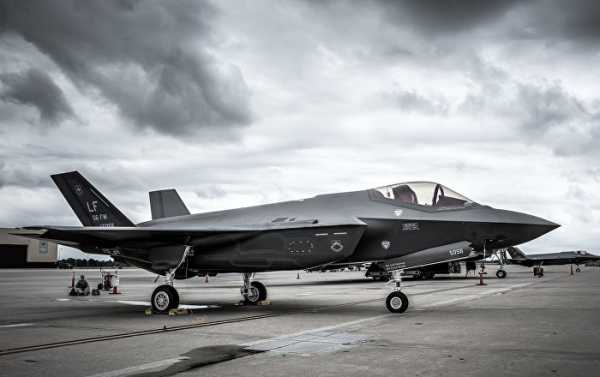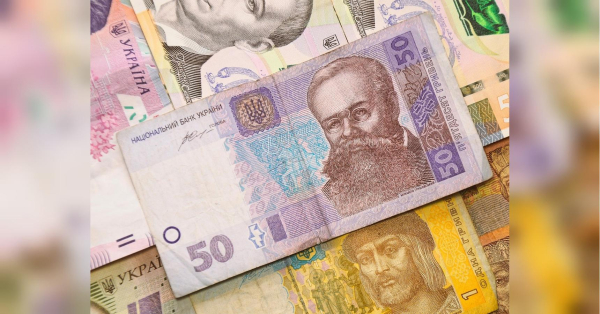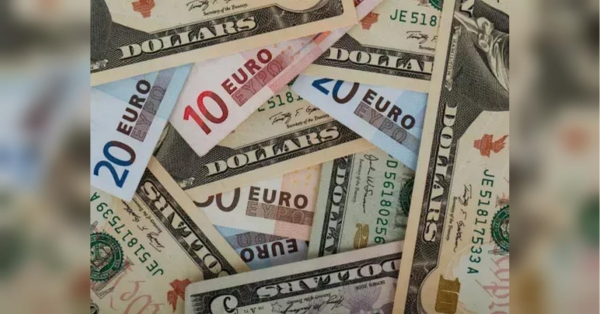
Two F-35A stealth fighter aircraft will be delivered to South Korea’s air force in March, beginning a process that will send two F-35As to South Korea each month until the end of the year.
The twin F-35As will likely be deployed by April or May, multiple insiders told South Korea’s Yonhap News Agency January 13. The aircraft will be a vital component of South Korea’s so-called Kill Chain pre-emptive attack system, a program designed to “deter” the North, reports the Diplomat.
Even though South Korea and North Korea have made numerous peaceful overtures toward one another over the past year, Seoul signed on to purchased 40 F-35A aircraft from US manufacturer Lockheed Martin. Lockheed Martin appears to be on the verge of delivering 25 percent of the 40-strong-fleet. At a pace of two aircraft deliveries per month, starting in March, there will be 10 F-35As in South Korea by the end of 2019, sources told Yonhap.
The remaining 30 F-35A aircraft will then be delivered by 2021 “as planned,” Yonhap notes. The deal to acquire the 40 F-35As was worth $7 billion. Lockheed secured the contract by offering 25 proprietary technologies on the F-35 to South Korea for Seoul’s indigenous, $15 billion K-FX fighter development program, the Diplomat noted.
Still, Washington stepped in and reportedly refused to share four technologies on the F-35A, “which detrimentally affected bilateral defense relations for a while,” the Diplomat report notes. These included the active electronically scanned array, the infrared search-and-rescue system, a radio frequency jammer and the electro-optical targeting pod.
Pilots from South Korea have trained on six F-35A aircraft at Luke Air Force Base in Arizona; these first six have technically been delivered, just not delivered to a physical location in South Korea. Seoul’s Defense Acquisition Program Administration is reported to be mulling a deal for 20 more F-35A aircraft, according to Yonhap.
South Korean President Moon Jae In and North Korean leader Kim Jong Un proclaimed an end to a state of war between the two countries last September, though scholars told Sputnik News the announcement was primarily symbolic and did not constitute a formal peace treaty. Rather, it showed they wanted to ease tensions along the border.
“They wanted to defuse the situation and don’t feel that they are in a state of hostilities anymore, but in order to really end the war, in order to get a peace treaty, you have to get the United Nations Command involved, you have to get China, the United States, Australia” involved in a formal truce, Howard Stoffer, associate professor of national security at the Henry C. Lee College of Criminal Justice and Forensic Sciences, told Sputnik last September.
On Tuesday, South Korea’s Defense Ministry published its new Defense White Paper. The document reflected changes in the situation on the Korean Peninsula and the improved state of relations between the two Koreas, abandoning the word “enemy” as a term used to refer to North Korea, Sputnik News reported.
Sourse: sputniknews.com






